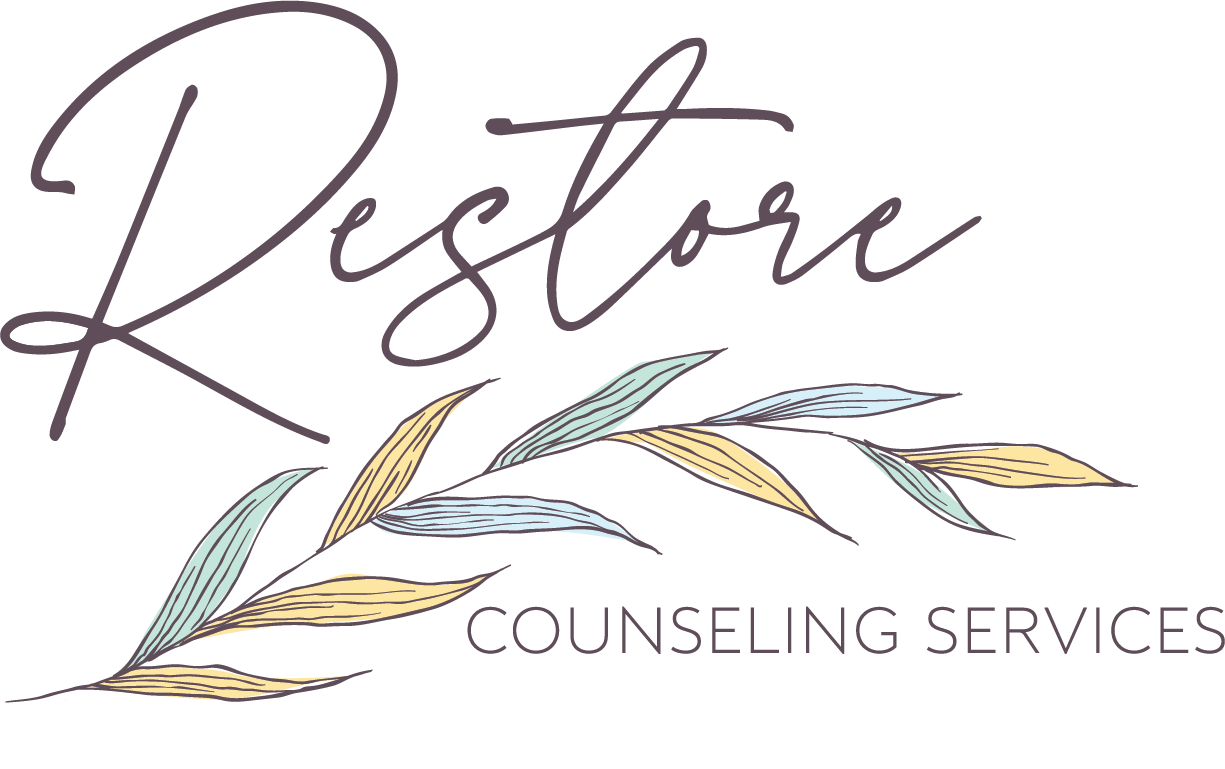How Therapy Helps People Heal from Trauma and PTSD
Trauma can deeply affect the way we think, feel, and respond to the world. Whether it’s caused by a car accident, abuse, combat, a natural disaster, or another distressing experience, trauma can leave lasting emotional scars. When these feelings don’t fade over time and start interfering with daily life, it may lead to Post-Traumatic Stress Disorder (PTSD).
But there is hope. And hope combined with therapy can be a powerful tool for healing.
Understanding Trauma and PTSD
After a traumatic event, the brain may struggle to process what happened, much like a computer trying to open a corrupted file. You may feel stuck, anxious, or constantly on edge, even when you’re safe. This is the brain’s way of trying to protect you, but it can keep you locked in survival mode long after the danger has passed.
How Therapy Supports Healing from Trauma

- 1. A Safe Space to Talk
Therapy gives you a confidential and non-judgmental space to express your thoughts and feelings. After trauma, talking about what happened can feel overwhelming or even shameful. But with a trained therapist, you can share your story at your own pace. Simply being heard can bring a sense of relief—like finally exhaling after holding your breath for too long. - 2. Understanding Your Thoughts and Reactions
Trauma can distort how you see yourself and the world. You might believe you’re always in danger, that the trauma was your fault, or that you’re permanently damaged. Therapists help identify and gently challenge these negative beliefs. With guidance, you can begin to see things more clearly—like wiping fog off a window—and start replacing fear-driven thoughts with more balanced perspectives. - 3. Facing Triggers and Building Confidence
Avoiding reminders of trauma is natural, but avoidance can make fear grow stronger. Therapy helps you gradually face these triggers in a safe and controlled way. Whether it’s talking through a painful memory or slowly re-engaging with situations you’ve been avoiding, this process helps retrain your brain to realize you’re safe and capable. Think of it like dipping your toe into cold water until it feels manageable. - 4. Reprocessing Traumatic Memories
Some trauma therapies, such as EMDR (Eye Movement Desensitization and Reprocessing), use specific techniques to help the brain reprocess “stuck” memories. These approaches can reduce the intensity of traumatic flashbacks and make painful memories feel like something that happened in the past, rather than something you’re reliving. - 5. Learning Coping Skills
Therapists also teach practical tools to manage anxiety, panic, and emotional overwhelm. Breathing exercises, grounding techniques, and mindfulness can help you regain control when emotions feel too big. These skills build resilience—like learning how to navigate a storm in a sturdy boat.
Moving Forward After Trauma
Healing from trauma isn’t about forgetting the past. It’s about understanding it, processing it, and learning how to live fully in the present. Therapy empowers you to regain control, reduce distress, and move forward with confidence. With the right support, it’s possible to heal from trauma and live a life no longer defined by it.
At Restore Counseling Services, our experienced therapists help individuals and families across Lancaster County heal from trauma and reclaim fuller, more joyful lives. If you or someone you love is struggling with the weight of trauma, you don’t have to face it alone. Contact us today—hope and healing are possible.
